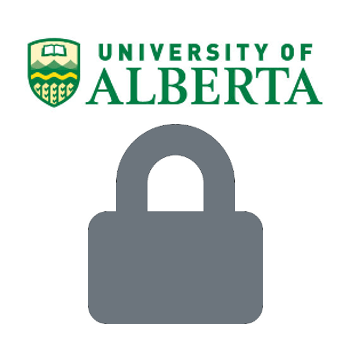This decommissioned ERA site remains active temporarily to support our final migration steps to https://ualberta.scholaris.ca, ERA's new home. All new collections and items, including Spring 2025 theses, are at that site. For assistance, please contact erahelp@ualberta.ca.

Item Restricted to University of Alberta Users
Log In with CCID to View Item- 296 views
- No download information available
Assessing quality of health services in Sierra Leone: Applying principles of good governance for downward accountability
-
- Author(s) / Creator(s)
-
Background: A decade after the civil war, Sierra Leone still struggles to provide health services to its rural and remote communities. Primary healthcare delivery is challenged not only by dilapidated infrastructure and resource constraints, but by weak governance. Strengthening participation, transparency, and accountability at all levels of the system is as important to improving maternal and child health as are rehabilitation of clinics and provision of medical supplies. Methods & Materials: As part of a three-year EC-funded health sector governance project, SEND Sierra Leone, using a participatory approach, undertook a total population survey of 76 Peripheral Health Units in Kailahun district to assess their capacity for basic service delivery. The average performance score of surveyed facilities was 77%. The highest score was 97%, and only 6 facilities scored below 60%. These are surprising results for a country with some of the worst health indicators in the world. Results: Using a governance framework, this presentation explores factors contributing to the disconnect between survey results and poor health outcomes. Firstly, service providers involved in developing the survey redefined the parameters of accountability -- faced with the reality of resource shortages, nurses left out certain assessment criteria that would have made them more accountable to national standards. Secondly, weak coordination and resistance to sharing information undermined transparency. District health data is limited and not readily shared. Organizations, accustomed to working in a context of emergency relief, continue to guard budget details of their health projects. Thirdly, mechanisms of accountability are unclear and inefficient. Mandated oversight bodies lack credibility and capacity. Poor roads and communication networks limit monitoring and supervision. These weaknesses in governance systems are exacerbated by the fact that communities do not understand their basic health rights and service providers’ responsibilities. Conclusion: To assess whether addressing these weakness will reduce the gap between perception and reality, SEND will repeat the survey each year. It remains to be seen whether SEND’s promotion of downward accountability will diminish performance scores, or whether service improvements will offset these effects. Regardless, strengthening health sector governance from the bottom up should improve health service delivery to vulnerable populations in Kailahun District.
-
- Date created
- 2011-11-10
-
- Type of Item
- Conference/Workshop Poster
-
- License
- Attribution 3.0 International